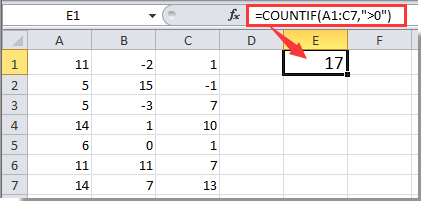


When we want to talk about a range like this, we do so by using the colon ( :) character between the first and last cells in the range, like so: C3:C6. In this worksheet, we've highlighted the range of all cells between C3 and C6. Take, for example, the following screenshot:
#Excel how many rows are smaller that 5 series#
Multiple cells can be grouped into ranges, which are adjacent series of cells. You can also type a cell name into this box and press Enter to automatically zoom to a given cell. Whenever you select a cell, you'll see its address appear in the cell address box directly above the labels columns A and B. For example, cell B4 lies at the intersection of column B and row 4. Each cell has a unique address, obtained by comining the column letter and the row number of the given cell. Rows are highlighted along the side of the screen, and are organized by number: 1, 2, 3, etc.Īt the intersection of each row and column is a cell, which is just one of the boxes on the grid of a worksheet.

You can see column labels highlighted along the top of the screen: A, B, C, etc. Take a look at the below diagram, which shows rows, columns, cells, and ranges all in one place:Īs you can see, Excel labels columns by letter. These items interact with each other to form the basic layout of an Excel document. Individual cells can also be grouped into ranges, which are just series of cells strung together. In Excel, each worksheet is organized into a grid of rows, columns, and cells. By submitting this information, you agree to Deskbright's privacy policy and terms of service.


 0 kommentar(er)
0 kommentar(er)
